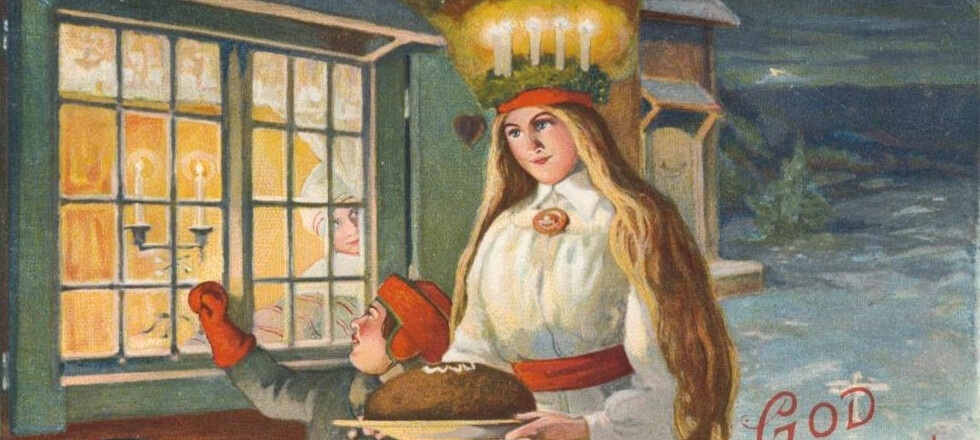
On December 13th, the Church celebrates the Feast of St. Lucy.
Traditionally known as the shortest day of the year in the Julian calendar—we now use the Gregorian calendar, which places the winter solstice on December 21st—December 13th is the day on which people in Sweden and other Scandinavian and Slavic countries celebrate St. Lucia’s Day in a big way.
How did a Sicilian saint become part of a Scandinavian tradition?
Here’s what we know.
Who Was St. Lucy?
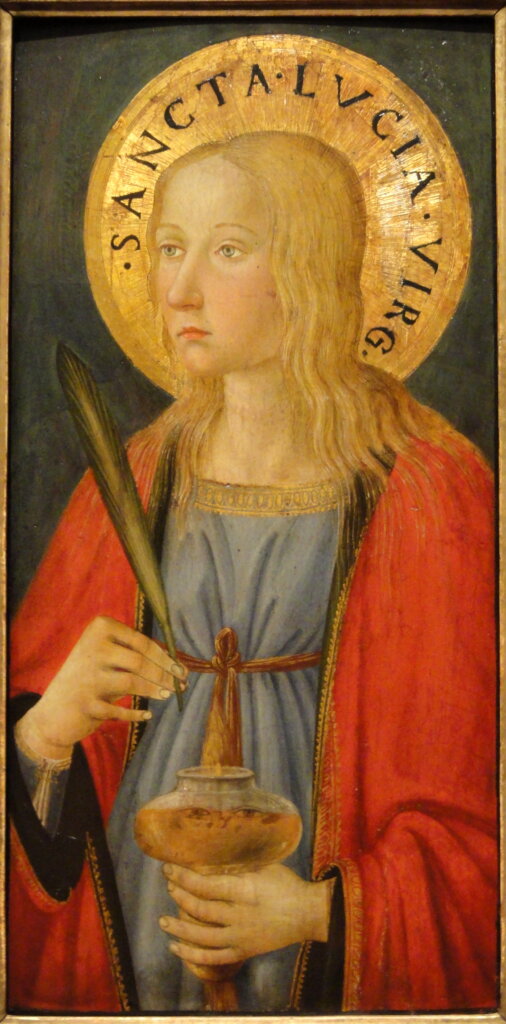
St. Lucy lived in the late 200s during Diocletian’s persecution of Christians. She grew up in Syracuse (and is now patron of this city).
After praying at St. Agatha’s tomb with her mother in the nearby city of Catania, her mother was healed of a hemorrhage.

In gratitude for this healing, Lucy convinced her mother to let her give away a great deal of her dowry to the poor, an action that angered her husband-to-be.
As a result, he revealed to the authorities that she was Christian. Legend says that various attempts to harm or kill her were futile. In the end, she was martyred by sword. (One enduring legend says that her eyes were gouged out first. That’s why sacred art often depicts Lucy carrying her eyes in her hand.)
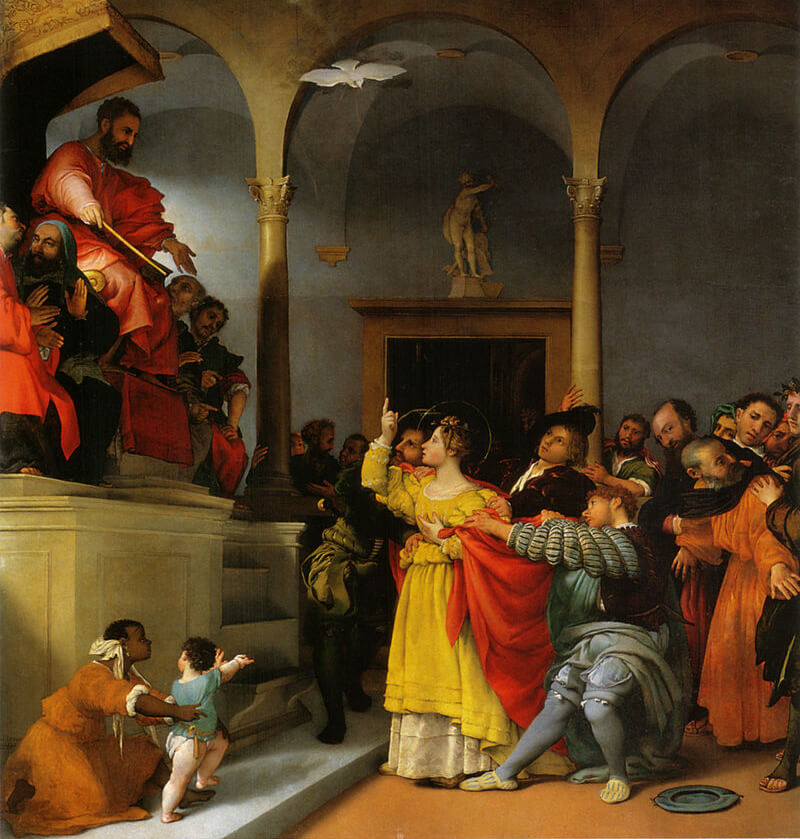
Of course martyrdom was just the beginning of Lucy’s influence.
In fact, St. Lucy’s name is recited during Holy Mass. If the priest is using Eucharistic Prayer I, you’ll hear a litany of early Church saints and martyrs:
To us, also, your servants, who, though sinners, hope in your abundant mercies, graciously grant some share and fellowship with your holy Apostles and Martyrs: with John the Baptist, Stephen, Matthias, Barnabas, (Ignatius, Alexander, Marcellinus, Peter, Felicity, Perpetua, Agatha, Lucy, Agnes, Cecilia, Anastasia) and all your Saints: admit us, we beseech you, into their company, not weighing our merits, but granting us your pardon, through Christ our Lord.
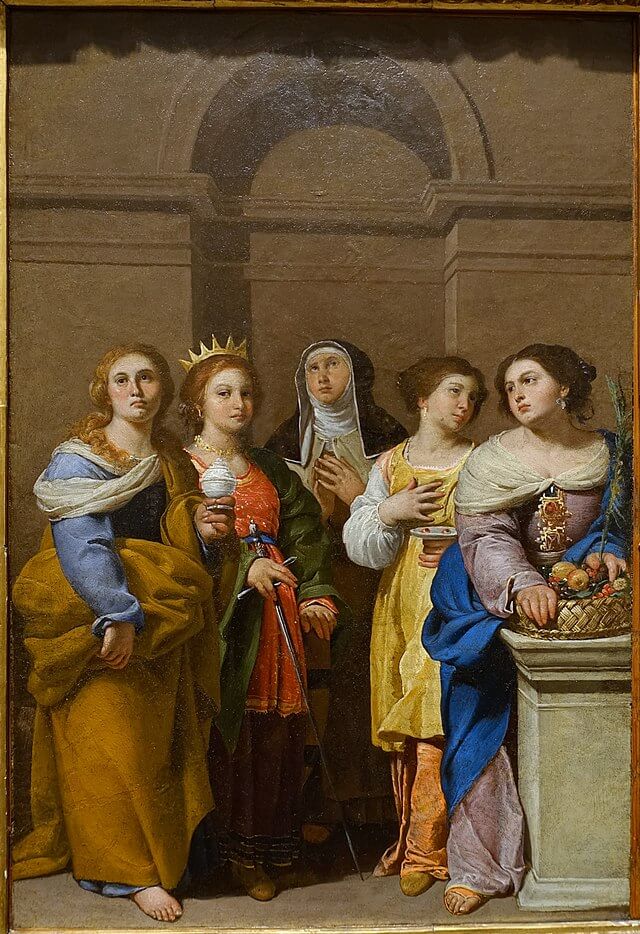
This prayer was arranged in the late 6th century by Pope St. Gregory the Great. This means that Lucy’s name would have been honored early on in the history of the Roman rite.
Festivities and Traditions Inspired by St. Lucy

Since saints continue their holy work from heaven, history often produces stories that occur even after the saint’s death.
In Lucy’s case, a common theme to all such stories is light, which is what Lucy’s name means. Lux is Latin for “light.”
If you have seen images associated with St. Lucy, you will likely instantly think of a girl wearing a crown of candles. What are the origins of this crown?
Popular legend says that Lucy carried food at night to the Christians hiding in the catacombs. Since her hands were full, leaving her unable to carry a light, she wore a candle lit wreath on her head to light her way in the dark. (This story makes for a popular visual, but various studies show that catacombs were used only for burial and could not be used for hiding—since the locations of the catacombs were well known to the Romans.)
Centuries after her death, however, a fascinating story about Lucia arose.
This story allegedly took place during a famine in southern Sweden during the Middle Ages. When the people were starving, afraid, and desperate,
a ship carrying a maiden “clothed in white and crowned with light” appeared on the shore in the Swedish province of Varmland during a great famine. The maiden, widely believed to be Lucia, distributed food and clothing to the needy, thus endearing herself to the Swedish people.
“The Festival of Saint Lucia: Swedish Legend”
Imagine the significance of seeing light during a Northern European winter, where much of your day is covered in darkness.
That Lucy’s feast day takes place during one of the darkest times of the year infuses this season with special hope and goodwill.
St. Lucy Celebrations Today
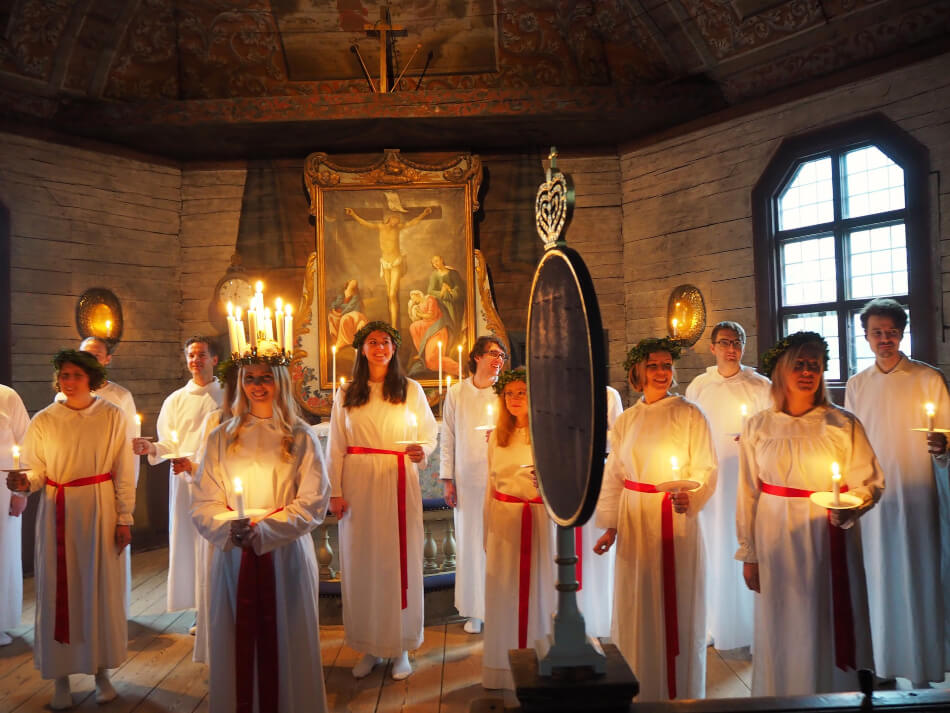
Today, the St. Lucia Day celebration takes a variety of forms. In Scandinavian countries, as well as in the United States, communities may celebrate with a St. Lucy procession.
Traditionally, the song “Sankta Lucia” is also sung, with lyrics that focus on the light that Lucy brings into the dark:
Night walks grand, yet silent,
Now hear its gentle wings,
In every room so hushed,
Whispering like wings.
Look, at our threshold stands,
White-clad with light in her hair,
Santa Lucia, Santa Lucia!
In some families, there is a tradition in which the eldest daughter wakes up early to prepare food for her family. A lovely children’s book by Katherine Bolger Hyde called Lucia, Saint of Light, describes this well:
On this day I wake up early before it’s light. My sisters and I put on long white gowns trimmed with lace. [They] are my attendants. They wear sashes and wreathes of tinsel. I’m the Lucia bride, so I tie my gown with a wide, red ribbon. On my head goes a crown of lingonberry leaves that hold seven candles. When I put it on, I feel like St. Lucia herself, come to bring light and joy to the dark winter land.
The white gown and red sash tell a story of virginity and martyrdom.
There are also traditional foods made on this day, among them “lussekatter,” a saffron bun shaped to look like an “S” or a cross.
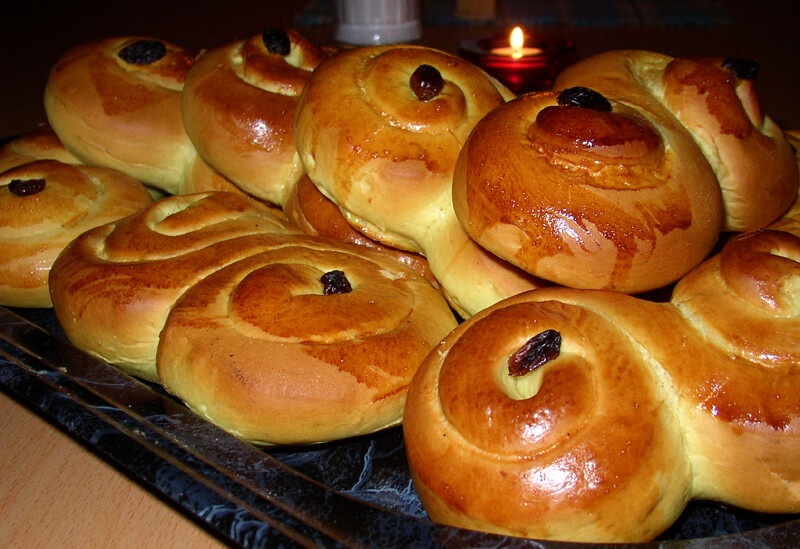
These treats may be shared not only with family, but—in the tradition of Lucy—with one’s friends and neighbors.
Like the Lucy of legend who brought light and sustenance into the lives of those in need, St. Lucia Day is an opportunity to serve and rejoice in one’s family and community.
Why don’t you start a St. Lucy tradition with your own family? (Maybe you already have!)
If you already do or plan to participate in a St. Lucy celebration, share your experience or plans with us in the comments below!

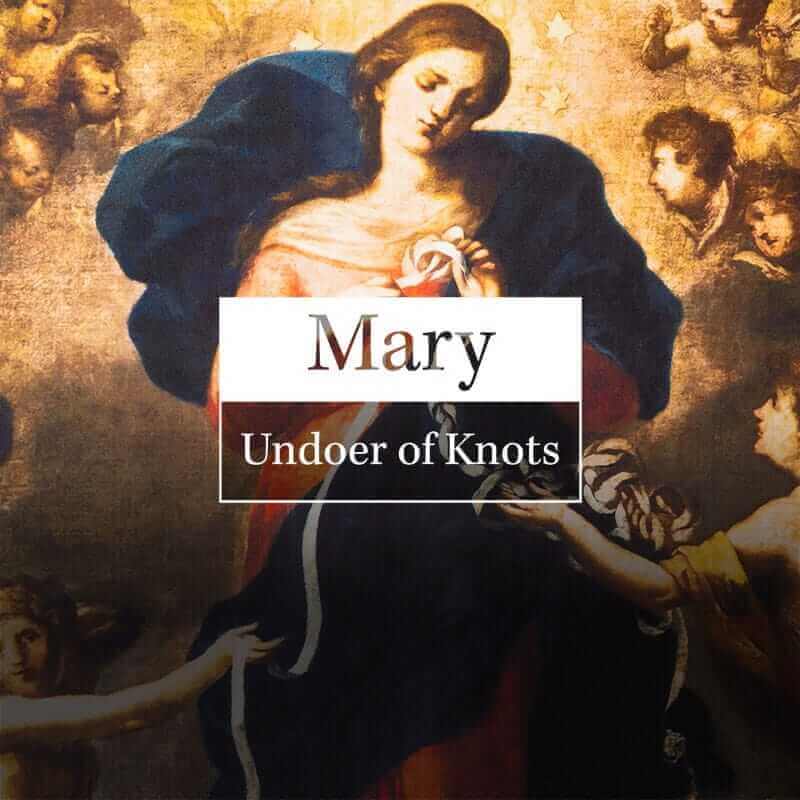




![Watch: Sneak Peek of “Divine Mercy” [Video]](https://www.goodcatholic.com/wp-content/uploads/2021/09/Divine-Mercy-Sneak-Peek.png)
